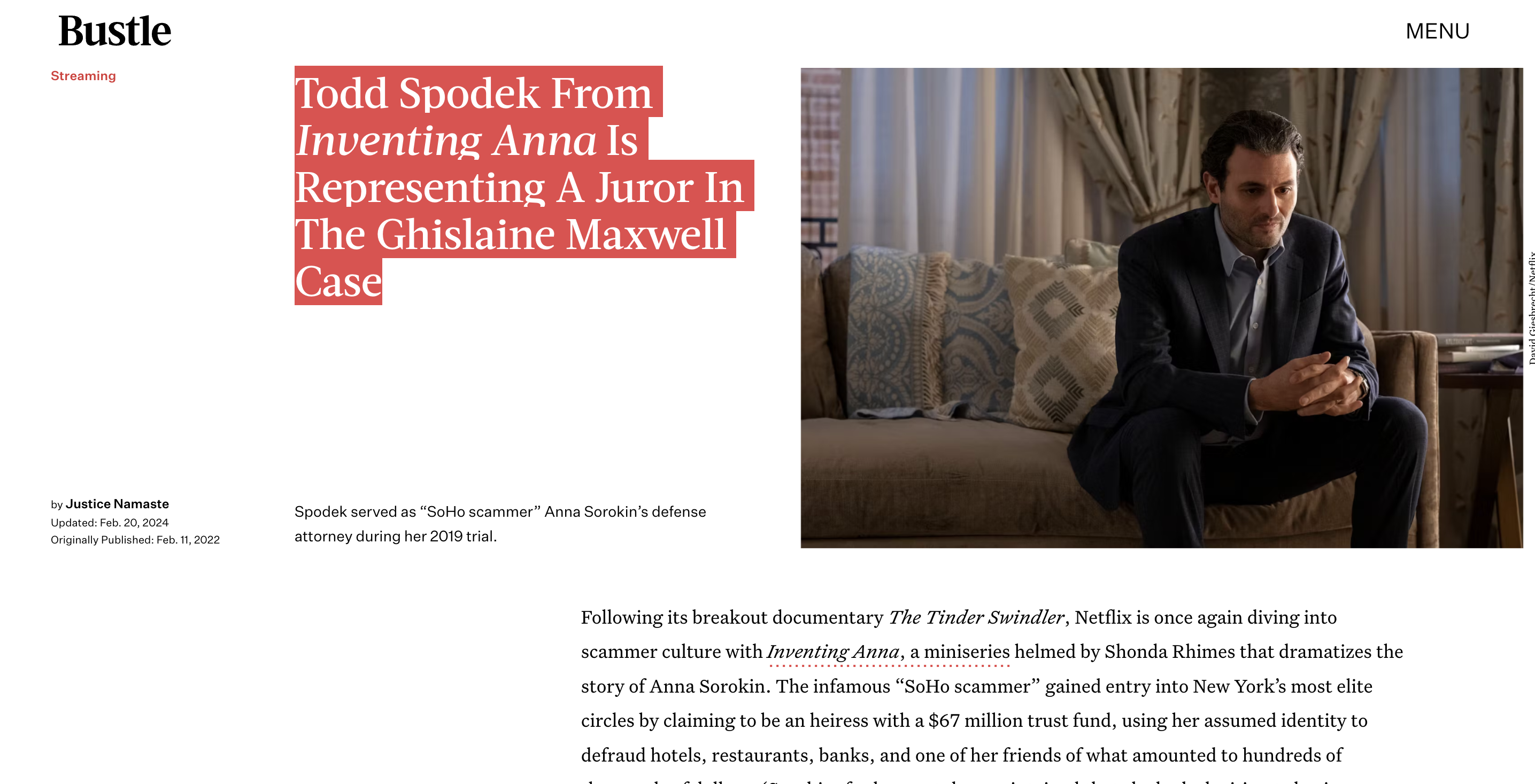Blog
Meeting the High Burden to Win Federal Appeals
Contents
Meeting the High Burden to Win Federal Appeals
Winning an appeal in federal court is a huge challenge. The odds are stacked against appellants from the get-go. Statistics show that only around 10-20% of appeals result in a reversal or remand. That means the vast majority of appeals fail. So how do you beat the odds and meet the high burden to win your federal appeal? Let’s break it down.
First, it’s important to understand the standards of review federal appeals courts use. These standards set a high bar for appellants to overcome. For questions of law, appeals courts review decisions de novo, deciding the legal question completely fresh. But they still give heavy deference to the district court’s factual findings and only overturn them if they are “clearly erroneous.” For discretionary decisions, review is even more limited, only reversed if there was an “abuse of discretion.”

Given these deferential standards, winning on appeal requires strong arguments exposing clear legal errors or unreasonable factual conclusions by the lower court. You must convince the appeals panel that the decision below was not just wrong, but so wrong that letting it stand would be manifestly unjust. This is no easy task.
Build a Powerful Record Below
Your first key to winning on appeal is building a solid record in the lower court. The appeals court is limited to the record developed at trial. You cannot introduce new evidence on appeal. Any arguments not raised below are usually waived. And appeals judges give great deference to the trial judge’s factual findings.
So if you want to win on appeal, you need to advocate vigorously in the lower court to create a record that supports your arguments. Litigate key motions aggressively. Raise timely objections to preserve issues for appeal. Get all helpful facts and testimony into the record. The better your record below, the better shot you have on appeal.
Select Strong Issues
Less is more when it comes to appellate issues. Do not try to appeal every adverse ruling from below. Good appeals focus on one or two key issues with the best chance of reversal. Throwing in weaker arguments dilutes the force of your stronger issues. Screen issues carefully to identify clear legal errors or unreasonable factual findings. Build your appeal around those clear winners.
Also try to frame issues broadly to maximize impact. Find common threads linking smaller disputes into larger themes. A ruling that affects multiple claims or phases of litigation often gains more traction on appeal. Boil your case down to one or two pivotal errors that skewed the entire case. Those overarching issues give you the best shot at reversal.
Master Appellate Procedure
Federal appeals follow strict procedural rules you must master to succeed. Miss a deadline or requirement and your appeal may be dismissed without reaching the merits. Common procedural pitfalls include:
- Not filing a timely notice of appeal
- Forgetting necessary documents like the order being appealed
- Failing to obtain certification of a partial final judgment under Rule 54(b)
- Violating briefing rules like length limits or format requirements
Carefully follow all timing requirements, assemble a complete record, and comply with all applicable rules. Do not let procedural missteps torpedo your appeal out of the gate.
Write a Powerful Brief
Your appellate brief is your key opportunity to persuade the appeals panel. An effective brief clearly frames winning issues, tells a compelling factual narrative, and drives home the serious legal errors made below. Follow these tips:
- Grab the judges’ attention with a strong opening
- Concisely state the key facts, casting them in your favor
- Frame your strongest issue first
- Use headings and roadmaps to make your arguments easy to follow
- Be selective with citations; highlight only your best cases
- Emphasize how the errors below require reversal under the standards of review
- Conclude with a powerful summary of why you must win
A polished, forceful brief tailored to the appellate audience can make all the difference. This is your key chance to show the lower court erred.
Excel at Oral Argument
Oral argument gives you a final chance to engage the appeals judges face-to-face. Use this time wisely to:
- Respond to judges’ concerns and questions
- Focus argument on one or two main points
- Draw connections and distinctions with key precedents
- Frame the stakes involved in reversal or affirmance
- Be flexible; have backup arguments ready
- Maintain poise under pressure
The judges may play devil’s advocate, so be ready to think on your feet. Use oral argument to emphasize your strongest points and downplay any weaknesses. This dynamic Q&A session offers a final chance to persuade the panel in your favor.
Conclusion
Winning federal appeals against long odds requires top-notch advocacy. Build a complete trial record supporting reversal. Identify clear lower court errors on key issues. Follow all procedural requirements to avoid dismissal. Write a compelling brief focused on your best arguments. Then use oral argument to drive home reasons why the panel must reverse. With meticulous preparation and presentation, you can meet the high burden to win even in difficult appeals.
Sources:
Federal Rules of Appellate Procedure Rule 4
U.S. Courts – Appealing a Case
Federal Rules of Appellate Procedure Rule 28









